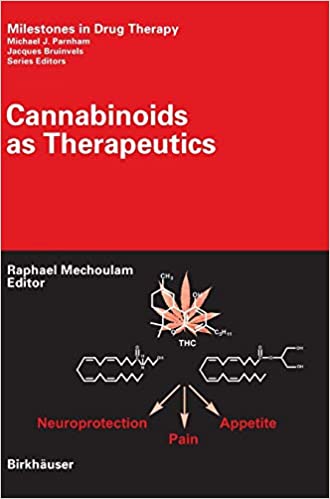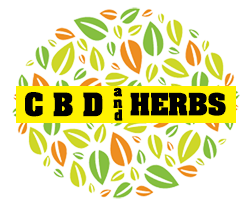Cannabidiol “CBD”
By
Barbara E. Lamb RN
There’s a new healthy-not-high revolution happening today, where people are wanting a healthier and better functional life without narcotics or other harmful medications with side effects. The alternative is Cannabidiol “CBD” from cannabis.
Today we’re going to talk about cannabis. Its history, spirituality, endocannabinoid system, THC vs CBD, industrial hemp vs hemp seed oils, terpenes and legal issues.
The cannabis plant has at least 25,000 different uses, ranging from food to textiles and hempcrete, along with medical applications.

History of Cannabis
The history of cannabis and its origination cannot be pinpointed to a specific region. However, there are stone age engravings that have been found across the Asian continent. It was then spread by nomads to the surrounding regions and throughout the world.
As early as 8,000 BC there is evidence that baskets, paper, clothing, shoes, and ropes were made from the fibers of cannabis. Cannabis paper was used in 1883 to print the King James bible and The U.S. Declaration of Independence. The usage of cannabis is mentioned in the Aramaic translation of the Old Testament of the Bible. In this translation it mentions the holy oil as a healing oil containing myrrh, sweet cinnamon and cannabis.
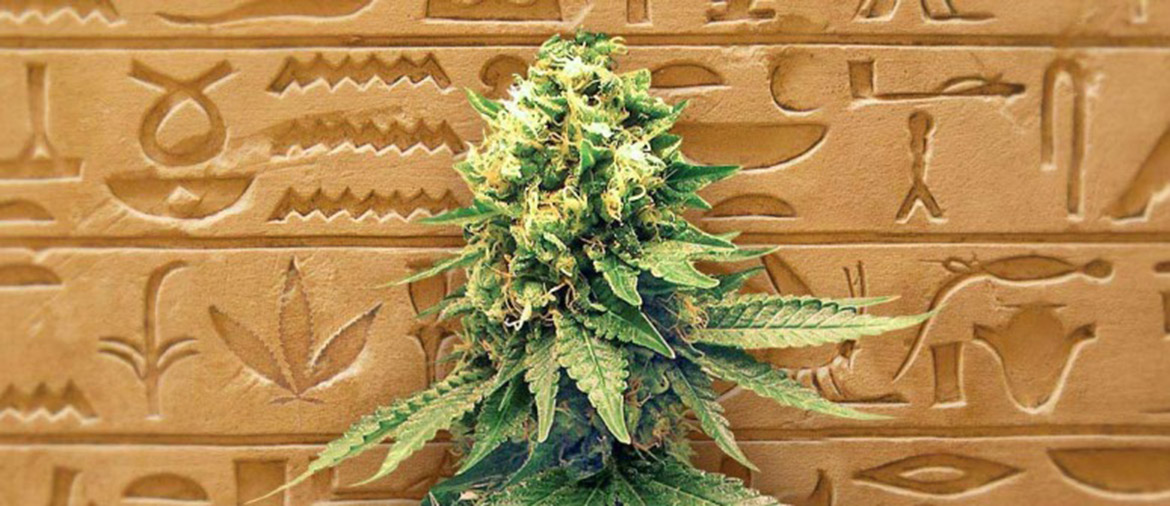
Spirituality and Cannabis
This one plant has been and still is used in spiritual rituals to obtain the euphoric experience of god like feelings. Spiritual practices using cannabis vary in many societies. Using Cannabis for this purpose is believed to bridge a strong relationship between healing and spirituality. It is revered as a plant that could take an individual into elevated levels of consciousness, a powerful mystical transformation, a phenomenal disposition and a sacred place within one’s own body, time and space. The experience of the sense of orgasm during this particular usage was believed to be perceived similar to the sense of spiritual bliss. Hence the euphoric feelings.

The Endocannabinoid System
Humans and other mammals have an endocannabinoid system throughout their bodies that research scientists identified in the early 1990’s. It regulates many important physiologic pathways in the human body, including gastrointestinal activity, cardiovascular activity, pain perception, emotion, maintenance of bone mass, protection of neurons, hormonal regulation, metabolism control, immune function, inflammatory reactions, and inhibiting tumor cells. The system is made up of cell receptors like a lock and the chemicals that bind to these receptors are like keys.
The endocannabinoid receptor system has two kinds of receptors, CB1 and CB2.
– CB1 receptors are found mostly in the brain, spinal cord and other parts of the body including the heart, uterus, testis, liver, small intestine and peripheral cells.
– CB2 receptors are found mostly on cells of the immune system, including the spleen, T- cells, B-cells and macrophages.
– Phyto-cannabinoids are produced by the cannabis plants. There are over 100 cannabinoids in the cannabis plant, including THC and CBD. This explains why the Phyto-cannabinoids from cannabis have so many different effects on the body.
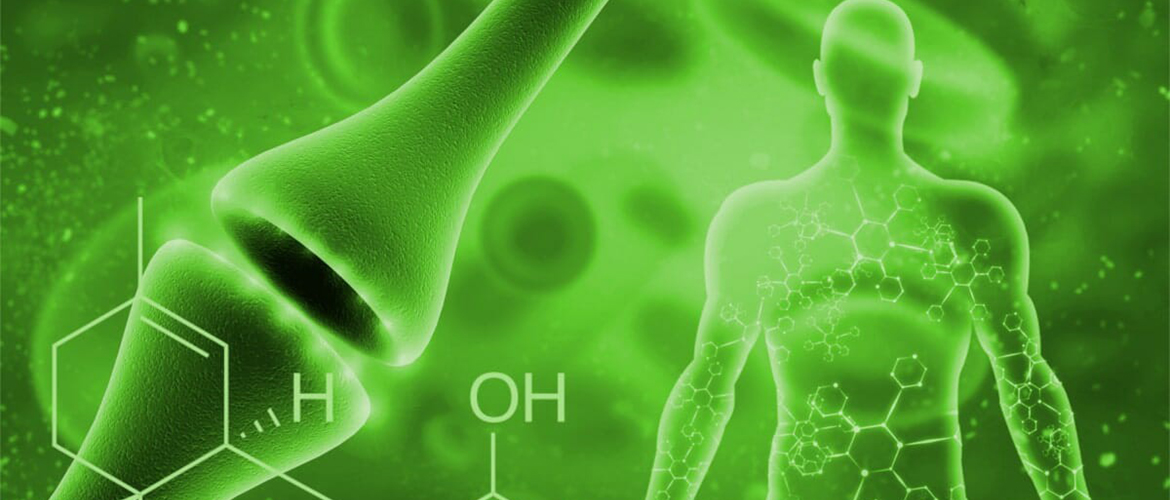
The Cannabis Plant and Groups
The cannabis plant is comprised of hundreds of chemical compounds that is primarily cannabinoids and terpenes. Cannabinoids like THC and CBD (the two most common) are the main derivatives of cannabis.
CBD (cannabidiol) is a non-intoxicating compound known to alleviate anxiety, pain, inflammation, cancer and many other medical ailments.
THC (^9-tetrahudrocannabinol) has the narcotic psychoactive high effect and makes us feel hungry and relieves symptoms like pain and nausea.
Indica plants are the psychoactive, narcotic, physically sedating relaxants and are effective for treating the symptoms of medical conditions such as anxiety, chronic pain, insomnia, muscle spasms and tremors.
Sativa plants are more invigorating, anti-anxiety, anti-depressant, treats chronic pain, increases focus and creativity. They’re good for day time use and pair well with physical activity, social gatherings, and creative projects.
Hybrid plants are cross-breeds of indica and sativa strains producing some characteristics of each parent. For example a sativa dominant strain adds mental clarity and decreases sedation effects, whereas an indica dominant strain can decrease anxiety and increase relaxation.

Terpenes
Terpenes are the aromatic and taste compounds commonly produced by plants and fruit such as lavender flowers, oranges, hops, pepper and of course, cannabis. Secreted by the same glands that ooze THC and CBD, terpenes are what make cannabis smell and taste like berries, citrus, pine, fuel, etc. For example: Pinene is an alerting terpene while Linalool is relaxing. There are many types of terpenes in cannabis.
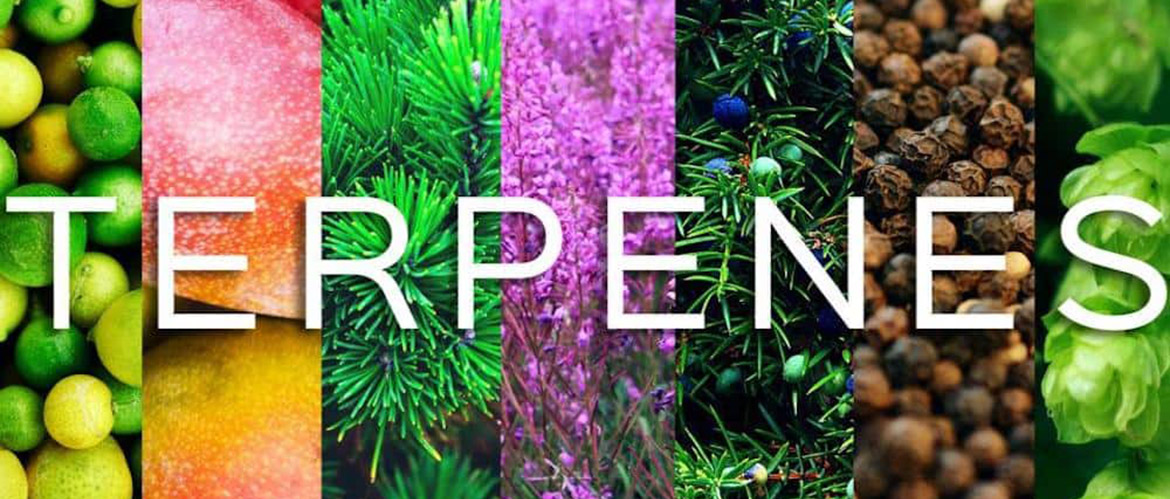
Hemp seed oil, Industrial Hemp and Extracts vs Marijuana
Hemp Seed Oil is from the seeds of the cannabis sativa plant. It is rich in omega-6 and omega-3, vitamin E and has 30% protein. Hemp seed oil alone does not contain any CBD or any other cannabinoids.
Industrial Hemp has been classified by the U.S. government with THC levels of less than 0.3%. It has higher concentrations of CBD.
Hemp Extract Oil is from the cannabis sativa industrial hemp plant that contains high levels of CBD. It is made from the entire plant including flowers, leaves and stems. Most of the products on the market selling as CBD contain 97% or more CBD mixed with hemp seed oil, MCT oil or vegetable glycerin. This is legal in all 50 states.
Cannabis Oil is from the cannabis marijuana plant. The oil is extracted from the leaves and flowers of the cannabis plant. It contains high levels of THC. It is illegal in most states.
Hemp is not marijuana. Both are types of cannabis, but one is used as a fuel, fiber, and food source (hemp), the other gets you high (marijuana). Hemp is technically described by the U.S. government as containing no more than 0.3 percent THC. Hemp is considered less of a threat than marijuana and not seen as a substance for abuse.
The World Health Organization “WHO” Confirms there’s No Abuse Potential or Public Health Risks For CBD.
The following are possible benefits from CBD usage and individual results may vary. Consult with your medical provider. See references for more scientific information.
Pain relief. Reduces inflammation. Reduces nausea and vomiting. Anti-psychotic, Depression, PTSD. Anti-epileptic. Reduces seizures. Suppresses muscle spasms. Immuno-suppressive Lupus. Reduces Arthritis & Gout swelling and pain. Reduces blood sugar levels. Reduces nervous system degeneration. Psoriasis. Anti-ischemic. Reduces High Blood pressure. Anti-bacterial. Reduces cell growth in tumors/cancer. Antioxidants and Neuroprotectants, Alzheimer’s and Parkinson’s.

References
U.S. GOV. PATENT 6630507 CBD as an Anti-oxidants and Neuroprotectant against Alzheimer’s and Parkenson’s.
CBD: A Patient’s Guide to Medicinal Cannabis–Healing without the High Paperback – October 31, 2017 by Leonard Leinow (Author), Juliana Birnbaum (Author), Michael H. Moskowitz
Cannabis in Medical Practice: A Legal, Historical and Pharmacological Overview of the Therapeutic Use of Marijuana 1st Edition by Mary Lynn Mathre (Author, Editor)
The Cannabis Health Index: Combining the Science of Medical Marijuana with Mindfulness Techniques To Heal 100 Chronic Symptoms and Diseases Paperback – December 1, 2015 by Uwe Blesching
Cannabis and Spirituality: An Explorer’s Guide to an Ancient Plant Spirit Ally Paperback – December 9, 2016 by Stephen Gray (Editor), Julie Holland M.D.
Cannabinoids 1st Edition by Vincenzo Di Marzo
More Than A Smoke: A Global Medical, Economical and Spiritual History of Hemp and Cannabis Paperback – May 17, 2011 by Olatokunboh M. Obasi MSc.
Cannabinoids as Therapeutics (Milestones in Drug Therapy) 2005th Edition by Raphael Mechoulam (Editor)
Cannabis Revealed: How the world’s most misunderstood plant is healing everything from chronic pain to epilepsy. Paperback – November 26, 2016 by Bonni Goldstein M.D. (Author)
Herkenham et al. Cannabinoid Receptor Localization in Brain. Proceedings of the National Academy of Sciences USA 87 (1990): 1932-36
Glass et al. Cannbinoid Receptors in the Human Brain: A Detailed Anatomical and Quantitative Autoradiographic Study in the Fetal, Neonatal and Adult Human Brain. Neuroscience 77 (1997): 299-318
Marsicano et al. The Endogenous Cannabinoid System Controls Extinction of Aversive Memories. Nature 418 (2002): 530-34
The World Health Organization “WHO” https://www.disclose.tv/who-confirms-no-abuse-potential-or-public-health-risks-for-cbd-332181
